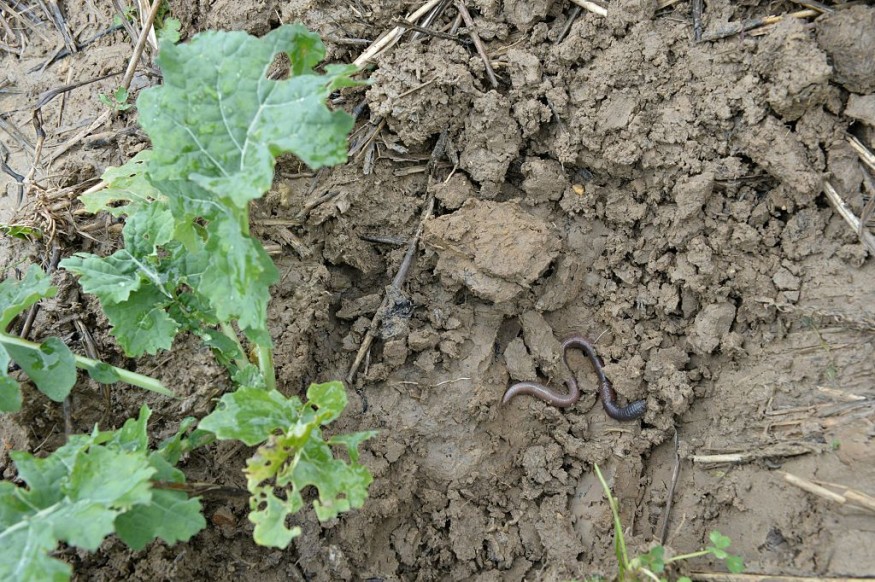Burrowing animals such as shrimps and worms have been found to be amongst the first to recover following the end-Permian mass extinction around 252 million years ago. Also called the "Great Dying," the event from a reportedly killed approximately 90% of all life on Earth by the end of the Permian period.
The findings were based on a new study conducted by an international team of scientists from China, the United States, and the United Kingdom. The team led to the discovery when they were studying ancient seabed burrows and trails, discovering that bottom burrowing species were the first to return to a post-extinction world.
Various research in the fields of geology and paleontology point out that a series of massive volcanic eruptions in what is now Siberia had caused the global Permian catastrophe. The phenomenon ended the lives of various animal and plant species, even long before dinosaurs and mammals roamed the Blue Planet.
The discovery highlights the importance of seabeds and the biological capability of hiding under the ground. In contemporary times, this burrowing behavior is still possessed by some animal groups, including mammals, crustaceans, sea urchins, insects, spiders, and clams.
Recovery from Extinction

The new paper on the subject matter was published in Science Advances. In the study, the scientists trace fossils from 26 sections on the South China seabed, magnifying 7 million crucial years and 400 sampling points toward the reconstruction of the post-extinction recovery of the burrowing animals.
Documentation of trace fossils such as trails and burrows were left behind by most soft-bodied animals of the world's oceans, such as the case of shrimps and worms, according to Dr. Xueqian Feng, the study's lead author and a staff from the China University of Geosciences, as cited by Phys.org.
Feng and the team also noted that there were only a very small number of survivors following the Permian mass extinction. However, the recovery of life started in the deeper waters, which was likely untouched or less affected by the prehistoric natural disaster.
While life still managed to survive, the said ancient extinction event caused the annihilation of some important marine animals, including the trilobites which lived in the oceans for over 250 million years, according to the Sam Noble Museum.
Burrowing Behavior
The burrowing behavior pertains to the capability and tendency of some animals to dig a hole or a tunnel for the purposes of habitation or temporary refuge, according to National Geographic.
The so-called "burrow" aims to the protect an animal from predators and even from the climate such as extreme weather, heat, and cold temperatures.
Burrows also have other functions called "larders" where animals store their collected food. In addition, it can be a result of "locomotion" when animals move from a different spot.
The said behavior dates back even hundreds of million years ago, as pointed out by the new study.
In Australia, a 110-million-year-old dinosaur burrow was discovered in the country's southeastern coast, making it the oldest known dinosaur burrow. In the US, a similar prehistoric burrow was found in the state of Montana in 2006, as mentioned by Nat Geo.
© 2025 NatureWorldNews.com All rights reserved. Do not reproduce without permission.





